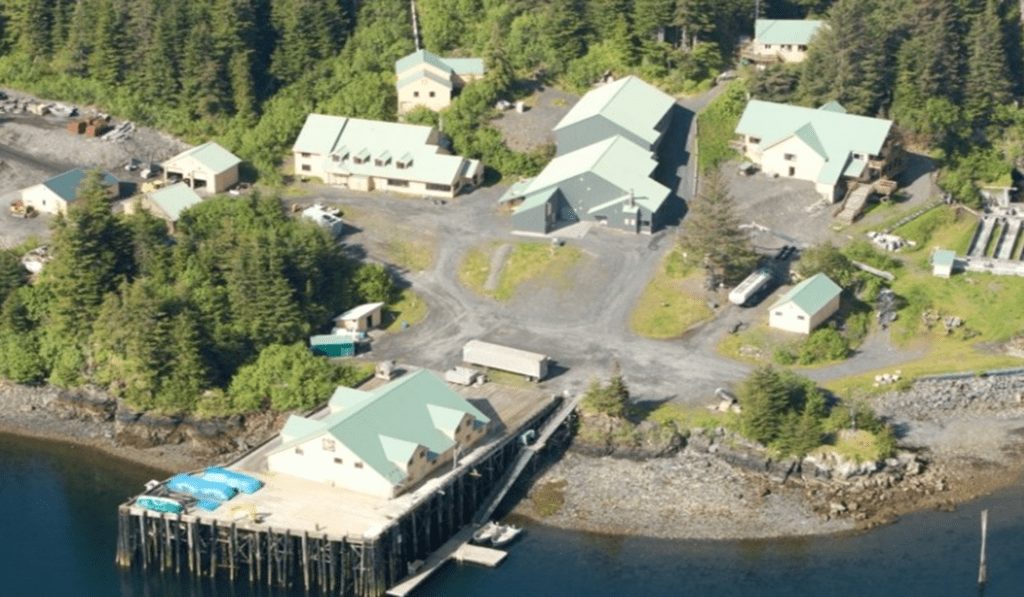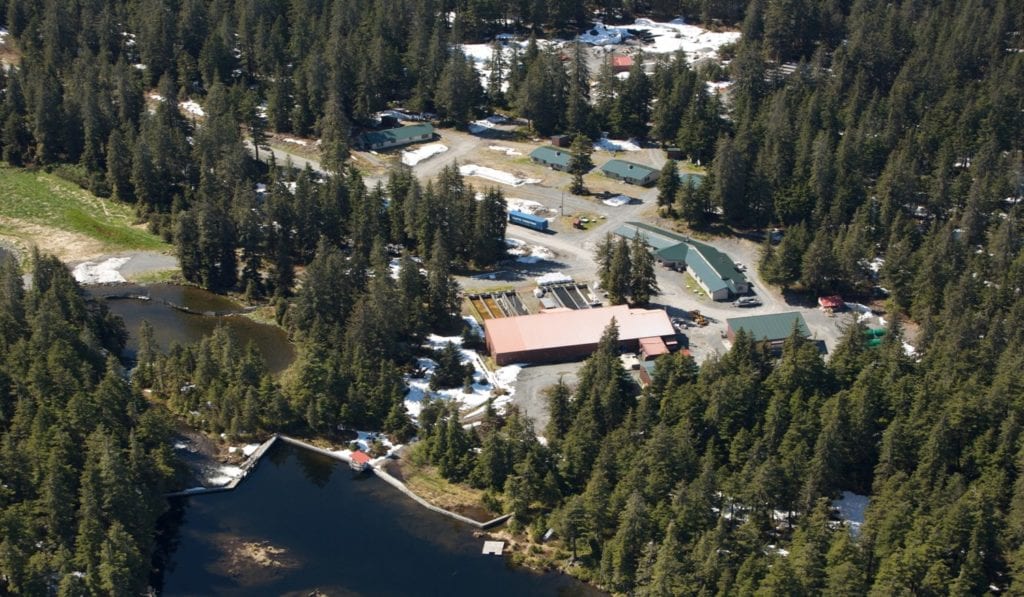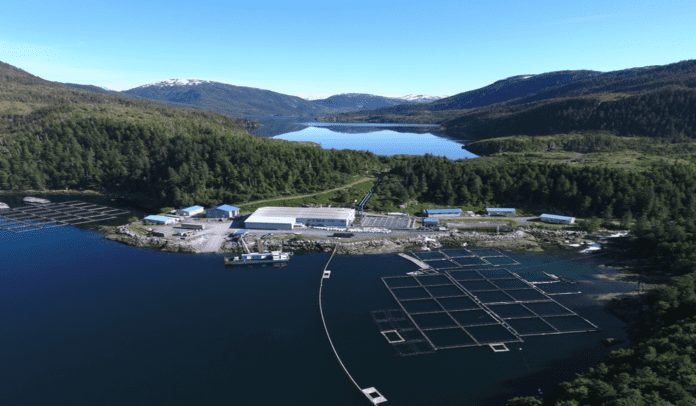As general manager/CEO of the Prince William Sound Aquaculture Corp., Casey Campbell is all about helping to educate the public about PWSAC’s role in developing sustainable salmon fisheries and how they do it.
The state’s hatchery program itself, notes Campbell, was started in the mid-1970s to enhance, not replace wild salmon, so that coastal communities could have economies based on salmon, many challenges notwithstanding.
The Good Friday earthquake in March of 1964 changed the topography of Prince William Sound and then in the 1970s there was very cold weather, he said.
Remember too that back in the 1970s, salmon runs all across Alaska were at historic lows, and PWSAC was started after two or three years of commercial fishing closures, funded with loans and a lot of sweat equity, he said.
Prince William Sound did not open at all in 1972 and 1974 because of drastically low returns of wild salmon. Under the leadership of Governors William Egan and Jay Hammond from 1974 to 1982, the state took major efforts to restore those salmon fisheries. The Fisheries Rehabilitation, Enhancement and Development Division was created within the Alaska Department of Fish and Game in 1971 and a constitutional amendment provided the basis for limited entry legislation in the commercial salmon fisheries and for passage of the private, non-profit Hatchery Act in 1974.

The user group structure was adopted in a 1976 amendment to the hatchery statues and today five regional aquaculture associations produce salmon through the wild salmon enhancement program for common property fisheries. PWSAC operates the Cannery Creek, Wally Noerenberg, Main Bay and Armin F. Koernig hatcheries in Prince William Sound and the Gulkana Hatchery on the Gulkana River.
The fish are produced for the benefit of all common property users – subsistence sport, commercial and personal use – at no cost to the state. The hatchery programs are 100 percent self-funded by the commercial fishing industry.
As part of hatchery operations, PWSAC maintains records of water temperatures when the fish are in the ocean, and other related data, but one unknown is how many fish the ocean can actually support, a question that has prompted much controversy and a lot of research.
“Carrying capacity of the ocean is something nobody has an answer to,” Campbell said. “Ocean carrying capacity is a never-ending question.”

State statutes provide that aquaculture associations may be only nonprofit, so by design they are allowed to recover operating and capital expenses, research and development costs, and the cost of expansion of production, including wild stock rehabilitation work.
The hatcheries operate under an annual management plan and permits approved by ADF&G.
“We fit into area comprehensive salmon plans, which tell us what their targets are for regional production, and those become the guiding principles,” Campbell said. “The permits are approved by ADF&G. They are not political. They are scientific. Most of us (hatchery operators) have permits that have been around or a long time. PWSAC has not had a change in its output or many years.”
Every year there is a maximum number of eggs PWSAC hatchery staff can take, Campbell said.
“There are assumptions of survival and you do the math,” Campbell said. “If we take X number of eggs, we expect Y survival to try stage and then from the fry how many survive until they are released into saltwater.”
Those management plans are updated every year, and any changes must be approved by ADF&G. The PWSAC hatcheries don’t always take as many eggs as allowed, he said, and if the run doesn’t come in as expected we don’t meet our egg take goal, he said.
The hatcheries don’t always release into the ocean the maximum number of fry they are permitted to release. As Campbell noted in a recent presentation, in 2018 hatcheries were permitted for the release of 2.4 billion fry statewide, but actually released 1.8 billion fry.

The process requires PWSAC to put in for any change in production, a request that ADF&G has the option to approve or deny. Once ADF&G makes its recommendation the regional planning team, with representatives from ADF&G and the hatcheries also makes recommendations, with the final decision made by the ADF&G commissioner.
According to PWSAC data, the five hatcheries they operate average 43 percent of the total Prince William Sound harvest volume and 5 percent of the total value annually. The five hatcheries operated by PWSAC also impact over 1,400 jobs and has an annual economic output of over $192 million.
Between 2012 and 2017 residents of over 50 communities in Alaska harvested over 325,000 PWSAC-produced sockeyes, including 50,000 fish in the Copper River Valley.
More information is online at pwsac.com, as well as at salmonhatcheriesforak.org.






